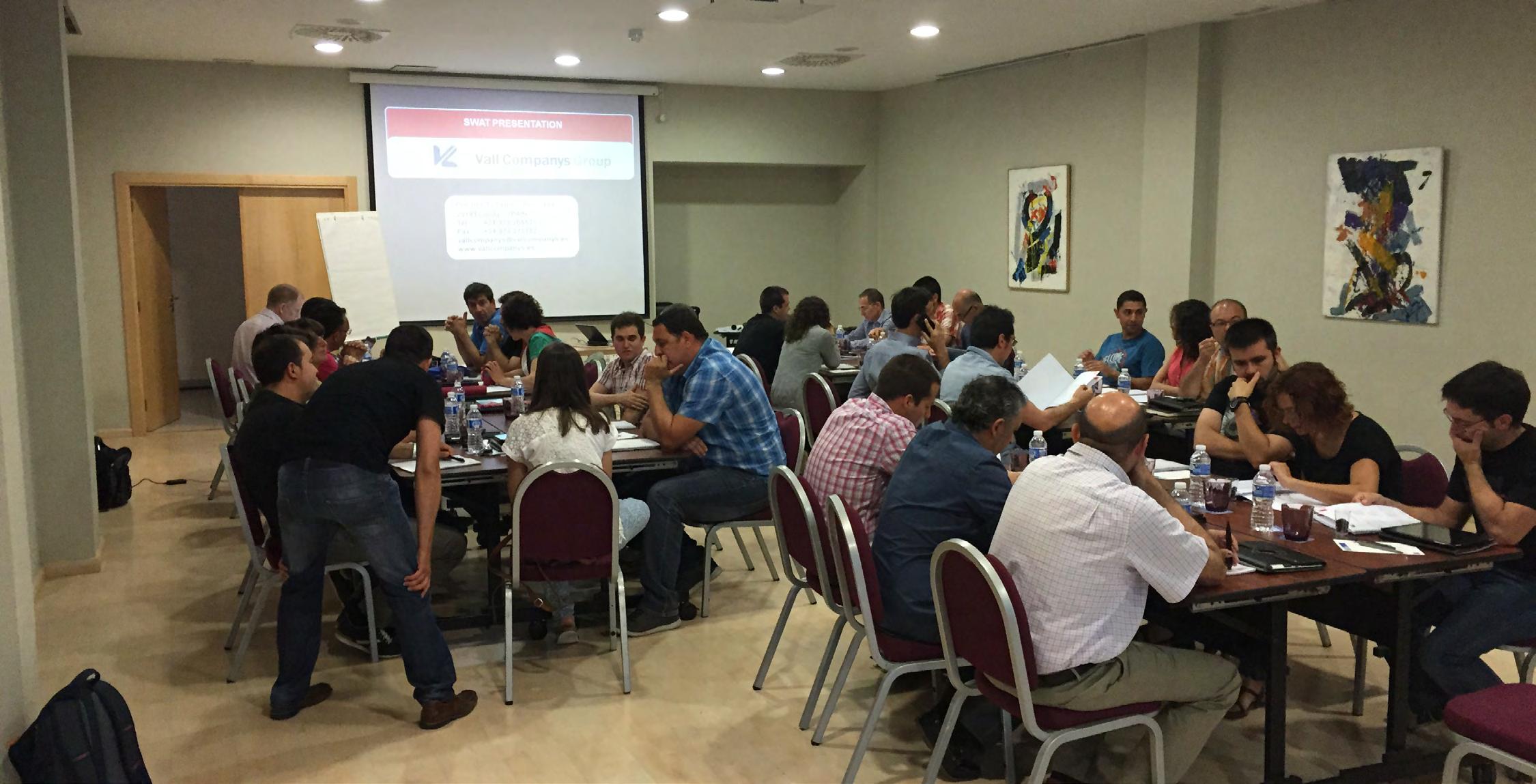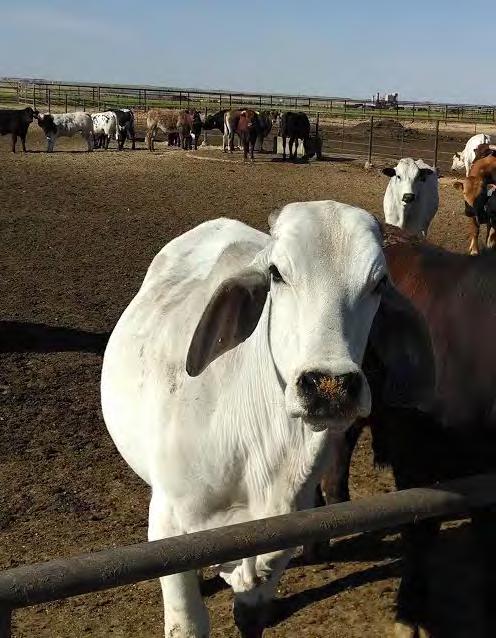
2 minute read
Business Management Engaging the Workforce
By: Quint Finney, Business Management
My last article examined the reasons why feedyards tend to be understaffed, what can be done differently to maintain staff and reduce turnover, and how to attract productive employees.
In this article, I would like to focus a bit more on why yards are short-staffed. There are several reasons, from payscale to competition from other industries, but most managers do not have any control over either of these issues. Compensation is generally fairly consistent from yard to yard. What managers do have control over, however, is the type of culture that is in place and the way they motivate people. The “why” (pertaining to being short-staffed) is sometimes simple — employees are not fully engaged.
Understanding that most people want more from their job than just a paycheck is a great start, but how do we engage employees’ need to be involved? Every basic task performed in a feedyard is crucial to cattle performance — the way pens are ridden, placement of feed in the bunk, moisture-management and quality control in the mill, clean water tanks, injection-site management, and the list goes on. If this were not the case, why would we pay someone to perform them?
When considering the importance of the above tasks, why aren’t there more time and resources devoted to educating employees about how these tasks impact performance? For example, do feed truck operators understand why hitting calls and proper feed placement are important and how these tasks, when executed properly (or not) affect dry matter conversion? Do they even have a clue as to what dry matter conversion is? Do feedyard cowboys have an understanding of the impact each additional percent of death loss has on conversion? What about the effects of clean versus dirty water tanks? Do they understand the correlation of water to feed intake? Do managers and department supervisors think it’s important for their people to understand the above or are they concerned only with whether or not the tasks are completed?
Dry matter conversion is one of the best measures to track efficiency and one that is tied to all basic functions of the feed yard. It’s critical to educate everyone at the yard about how their day to day responsibilities impact feed conversion. It is no small task but it is essential to improving performance and efficiency.
In the cattle feeding business, we all have access to the same cattle, the same feedstuffs and the same technology. The greatest competitive advantage your feedyard can have is developing your people. It starts with purpose. If people understand what the purpose of your operation is and why their contributions are important to the fulfillment of that purpose, they will execute their responsibilities more thoroughly and efficiently.
The time and money you spend on education will always earn you a high return. Teach the crew, help them help the organization. A strong core of dependable, engaged, loyal employees will be the result.











